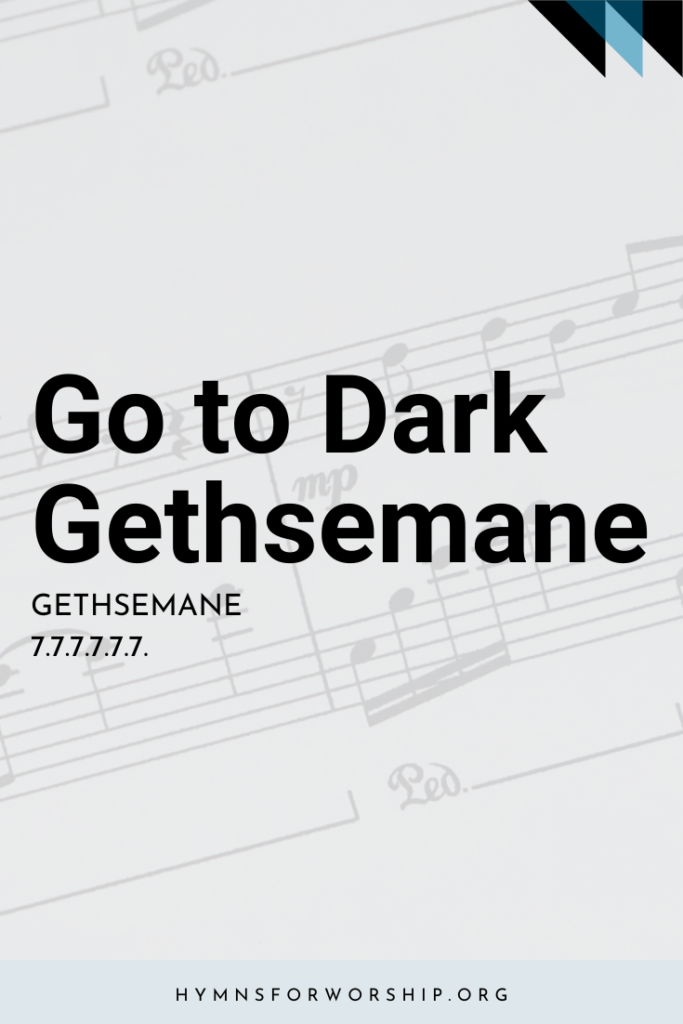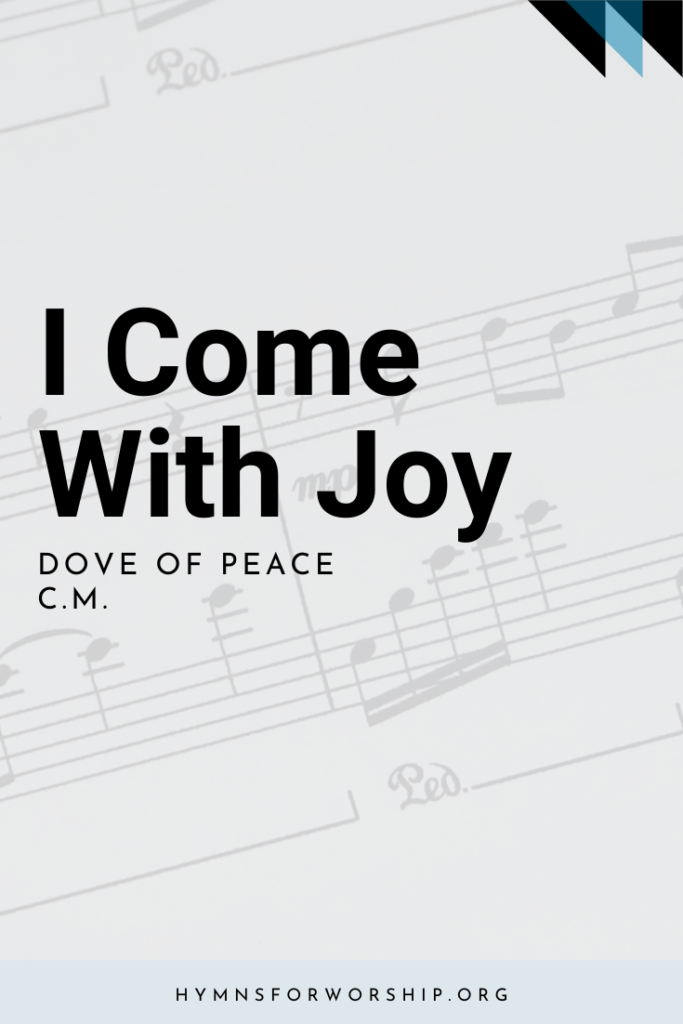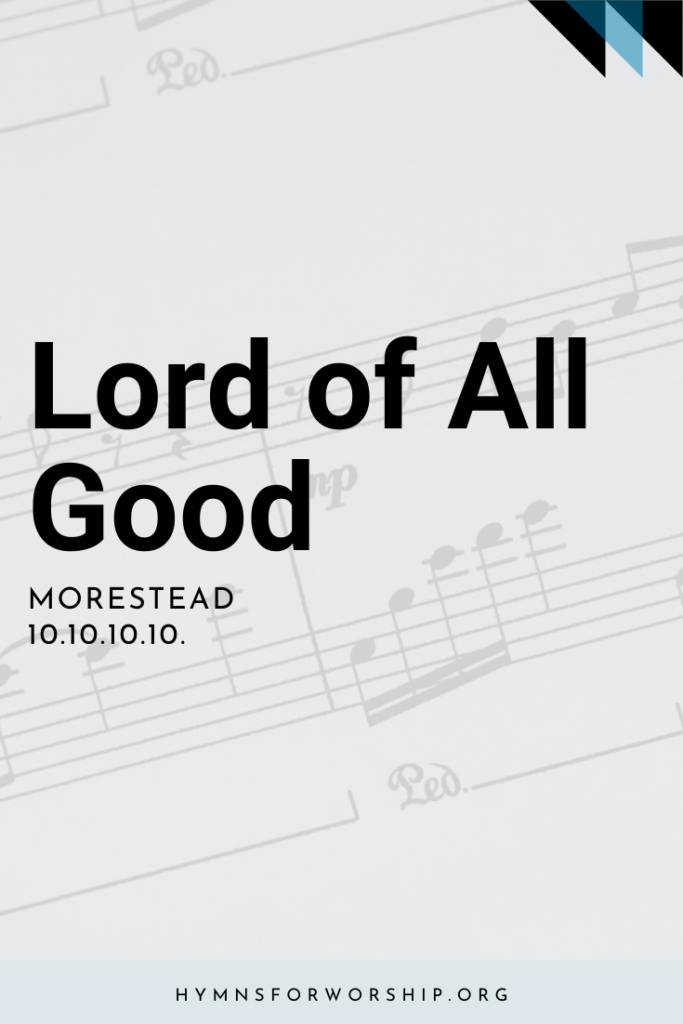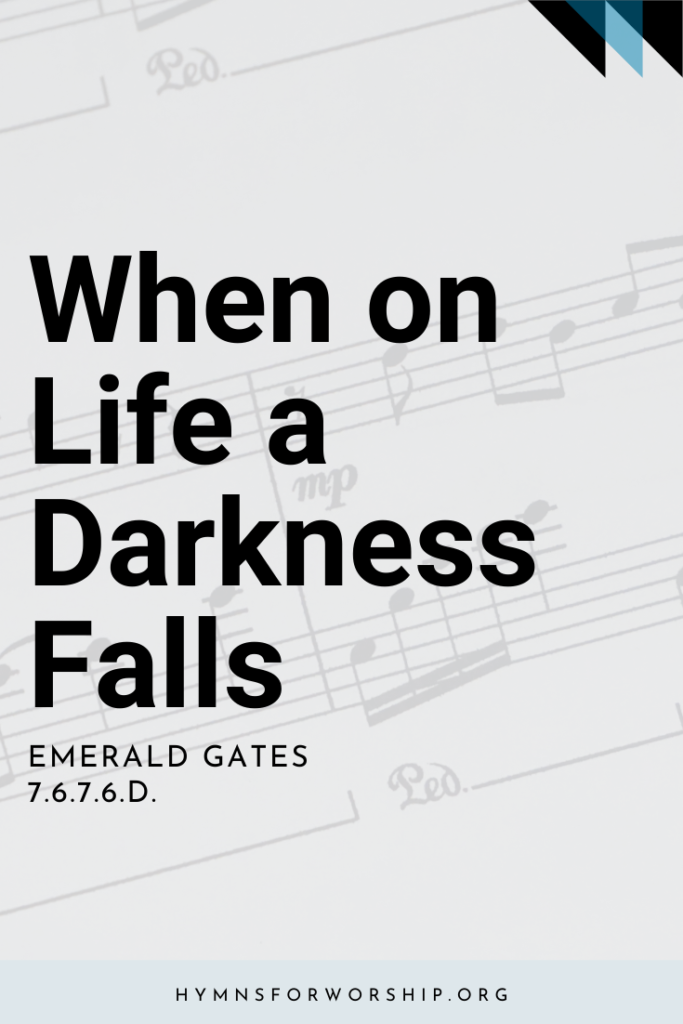JESUS CHRIST >> Birth
SDAH 123
As with gladness men of old
Did the guiding star behold,
As with joy they hailed its light,
Leading onward, beaming bright,
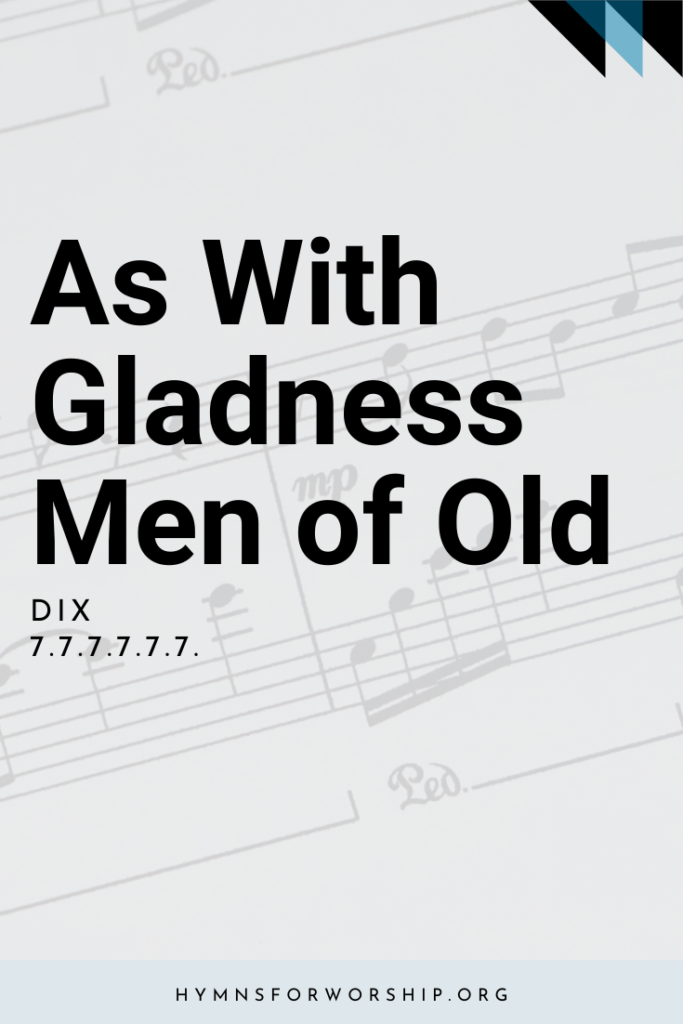

Get the hymn sheet in other keys here
For Worship Leaders
Make each hymn more meaningful with these helpful tools: Short, ready-to-use hymn introductions for church bulletins, multiple ways to introduce a hymn based on your worship theme and in-depth history and insights to enrich your song service.
Hymn Spotlight: As With Gladness Men of Old
Written by William Chatterton Dix in 1858, this hymn reflects on the journey of the Wise Men—not just as a historical moment, but as a call for us today. Like them, we are invited to seek Jesus, offer Him our best, and walk in the light of His Word.
The hymn reminds us to live with joyful devotion, looking not only to Christ’s birth, but forward to His soon return.
As we sing, may our hearts echo the Wise Men’s response—worship, surrender, and hope in the coming King.


Text
1
As with gladness men of old
Did the guiding star behold,
As with joy they hailed its light,
Leading onward, beaming bright,
So, most gracious Lord, may we
Evermore be led to Thee.
2
As with joyful steps they sped
To that lowly manger bed,
There to bend the knee before
Him whom heav’n and earth adore,
So may we with willing feet
Ever seek Thy mercy seat.
3
As they offered gifts most rare
At that manger rude and bare,
So may we with holy joy,
Pure, and free from sin’s alloy,
All our costliest treasures bring,
Christ, to Thee our heav’nly King.
4
Holy Jesus, every day
Keep us in the narrow way;
And, when earthly things are past,
Bring our ransomed souls at last
Where they need no star to guide,
Where no clouds Thy glory hide.

Hymn Info
Biblical Reference
(a) Matt 2:1, 2 (b) Matt 2:11 (c) Matt 2:11 (d) Matt 6:14
Author
William C. Dix (1837-1898)
Performance Suggestions
Unison
Copyright
Arrangement copyright 1984 by Melvin West
Hymn Tune
DIX
Metrical Number
7.7.7.7.7.7.
Composer
from Conrad Kocher (1786-1872)
Arranger
Arr. by Melvin West, 1984 (1930-)
Year Composed
1838
Alternate Harmony
Harmony setting, SDAH 565
Theme
BIRTH OF JESUS CHRIST


